Ketamine therapy is an alternative treatment for depression and anxiety. It doesn’t carry the same side effect profile as more traditional antidepressants – serotonin selective reuptake inhibitors, or SSRIs – which can include sexual side effects, weight gain, and emotional numbness. For people who’ve had difficulties with SSRIs, ketamine may be an alternative option.
What’s different about ketamine?
Ketamine therapy is an alternative treatment for depression and anxiety. It doesn’t carry the same side effect profile as more traditional antidepressants – serotonin selective reuptake inhibitors, or SSRIs – which can include sexual side effects, weight gain, and emotional numbness. For people who’ve had difficulties with SSRIs, ketamine may be an alternative option. Many patients experience a relaxed, reflective state with heightened receptivity to therapy, meaning the results of using ketamine as part of holistic mental health treatment can be deeper than surface-level symptom relief. Clinical studies have associated the mental health improvements observed by ketamine patients with enhanced neuroplasticity and new synaptic connections in the brain. That is, ketamine therapy can help to get at the root cause of the psychological pain rather than just at the symptoms that arise as a result.
Why low dose (psycholytic) ketamine?
You may have heard of ketamine in the context of psychedelics, and indeed, at higher doses, it can produce psychedelic effects. However, our treatment program leverages very low-doses, and unlike psychedelic doses, can carry different but substantial benefits. The doses we prescribe are psycholytic, a subanesthetic dose that does not produce the same intense, often overwhelming dissociative experience of higher doses. At psycholytic doses, patients report experiencing an immediate state of calm and ease, and a sense of mental spaciousness. Because the dose is low enough, patients can experience a relaxed, reflective state with heightened receptivity to therapy or self-care practices for the mind and body. Microdoses can allow patients to process triggers and difficult emotions that are often too overwhelming to access, making it a surprisingly effective partner in the therapeutic process.
Aside from the differences in mental state, there are a few key benefits of our microdose protocol:
First, unlike psychedelic experiences, psycholytic ones are less likely to be intense or overwhelming.
Second, because they’re much less emotionally draining, people can take these doses regularly, and maintain a consistent level of medicine in their brain over time, which can lead to more stable results.
Third, with higher psychedelic dosing, patients are often not coherent enough to engage in therapy, meditation, or other practices. Whereas with psycholytic-dosed therapy, patients are able to more effectively engage in these practices due to the sense of openness and calm. This may create an opportunity for greater impact of therapeutic or meditative approaches.
How does ketamine work in the brain?
Ketamine’s effects in the brain are very complex, and are still being actively studied by many researchers around the world. There are multiple ways in which ketamine works in the brain, and these ways probably all interact with one another. Some of the most well-known mechanisms involve the neurotransmitters Glutamate and GABA. There are many different kinds of neurotransmitters (chemical messengers) in the human brain, but Glutamate and GABA are the most common ones because they are the top excitatory (promoting neurons firing) and inhibitory (blocking neurons firing) neurotransmitters, respectively. Ketamine is an antagonist (meaning, it blocks) a neurotransmitter receptor called NMDA, which is found on both GABA and Glutamate neurons. It’s thought to block the GABA receptors more effectively, meaning that GABA doesn’t inhibit neurons firing as often if ketamine is taken – this leads to an overall increase in neural activity in the prefrontal cortex. Ketamine is also known to interact with another neurotransmitter receptor – AMPA, which may be responsible for a sequence of molecular events that include proteins that promote neuroplasticity through new connections (proteins like Brain-Derived Neurotropic Factor, or BDNF as well as others like mTor, eEF2, and GSK-3). In all, we are still learning about the complex behavior of ketamine in the brain, but we do know that it can promote new neural connections, which are probably at the root of its antidepressant and anti-anxiety effects.
The history of ketamine
Ketamine was first discovered in 1960s as an anesthetic, and has been used globally since then in emergency rooms and hospitals all over the world. Its safety profile is excellent (meaning that even as an anesthetic, it doesn’t impair the respiratory system so it can be used regularly even in surgeries with children). The World Health Organization has repeatedly recommended that ketamine be considered an “essential” medicine and not monitored as a dangerous substance. Around the turn of the century, the medical community began discovering the antidepressant potential of ketamine when people who received the medicine medically began reporting reductions in depressive and even suicidal symptoms. Over the last two decades, there’s been more and more research that revealed the profound potential of this medicine to impact mental health, leading many prominent professors of psychiatry to call it the biggest psychiatric breakthrough of the century.


